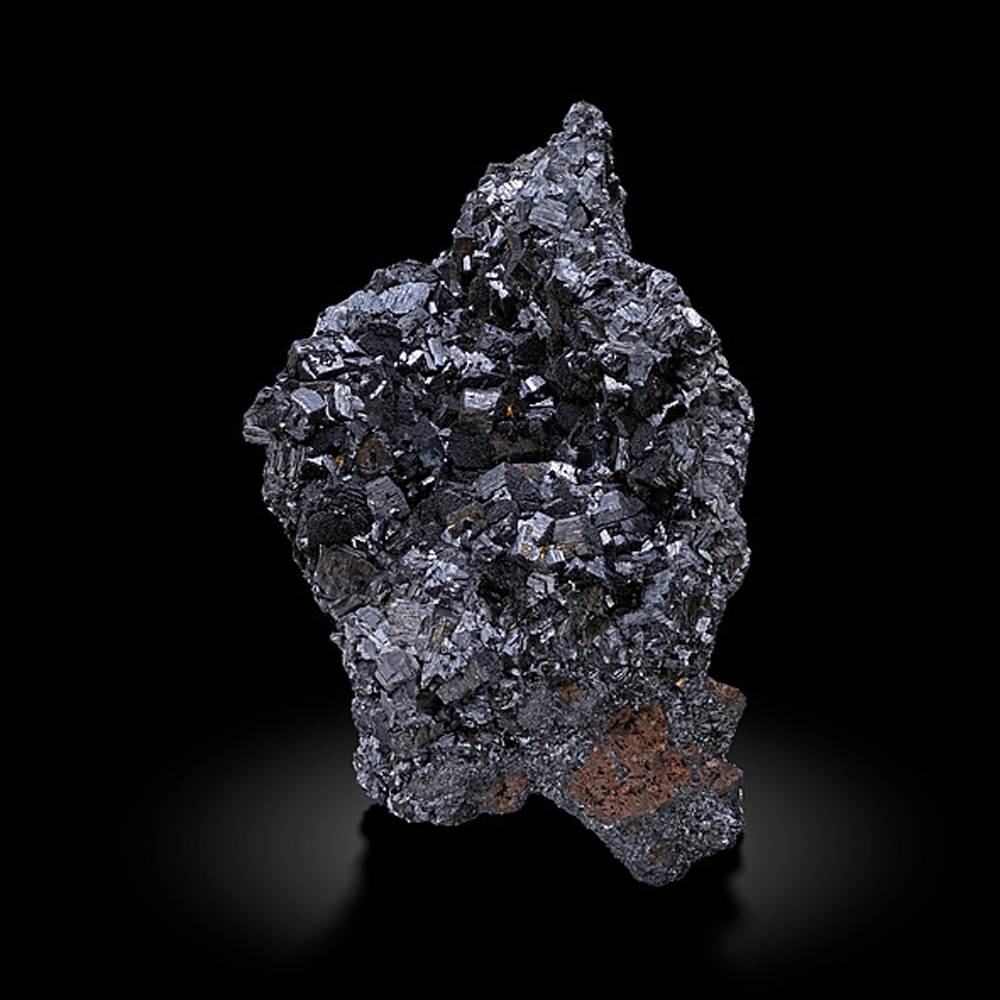About Manganese
 Manganese, a chemical element essential for various industrial and biological processes, plays a crucial role in multiple sectors due to its diverse properties. Found in the Earth’s crust, manganese is often extracted from its ores, such as pyrolusite, psilomelane, and rhodochrosite. Recognizable for its silvery-gray appearance, manganese is utilized primarily in steelmaking, where it acts as a deoxidizer, desulfurizer, and alloying agent, enhancing the strength, hardness, and resistance to corrosion of steel. This makes it indispensable in the production of stainless steel, carbon steel, and other alloys used in construction, automotive manufacturing, and machinery. Additionally, manganese compounds are employed in the production of batteries, particularly in rechargeable lithium-ion batteries used in electric vehicles and portable electronic devices, owing to their high energy density and stability. In agriculture, manganese is essential for plant growth and development, serving as a micronutrient in fertilizers to prevent deficiency-related disorders and optimize crop yields. Furthermore, manganese compounds find applications in chemical manufacturing, ceramics, and pigments. Despite its industrial importance, concerns regarding environmental pollution from manganese mining and processing underscore the importance of sustainable extraction practices and environmental regulations to mitigate its impact on ecosystems and human health.
Manganese, a chemical element essential for various industrial and biological processes, plays a crucial role in multiple sectors due to its diverse properties. Found in the Earth’s crust, manganese is often extracted from its ores, such as pyrolusite, psilomelane, and rhodochrosite. Recognizable for its silvery-gray appearance, manganese is utilized primarily in steelmaking, where it acts as a deoxidizer, desulfurizer, and alloying agent, enhancing the strength, hardness, and resistance to corrosion of steel. This makes it indispensable in the production of stainless steel, carbon steel, and other alloys used in construction, automotive manufacturing, and machinery. Additionally, manganese compounds are employed in the production of batteries, particularly in rechargeable lithium-ion batteries used in electric vehicles and portable electronic devices, owing to their high energy density and stability. In agriculture, manganese is essential for plant growth and development, serving as a micronutrient in fertilizers to prevent deficiency-related disorders and optimize crop yields. Furthermore, manganese compounds find applications in chemical manufacturing, ceramics, and pigments. Despite its industrial importance, concerns regarding environmental pollution from manganese mining and processing underscore the importance of sustainable extraction practices and environmental regulations to mitigate its impact on ecosystems and human health.

